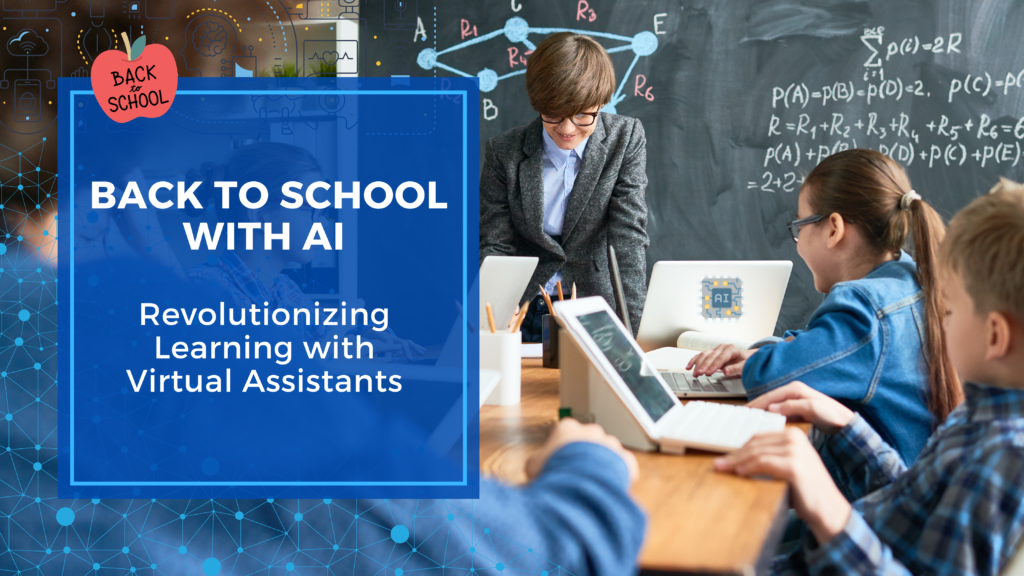
As students and teachers gear up for another academic year, the role of artificial intelligence in education is becoming increasingly prominent. Among the most exciting developments is the integration of AI-powered virtual assistants in classrooms. These digital helpers are revolutionizing the educational landscape, providing personalized learning experiences, streamlining administrative tasks, and enhancing student engagement.
Virtual Assistants: The New Classroom Companions
AI virtual assistants are becoming indispensable tools in modern education. They offer a wide range of benefits that support both teachers and students:
1. Automating Administrative Tasks: Virtual assistants can handle routine tasks such as grading assignments, managing schedules, and tracking attendance. This automation reduces the likelihood of human error and allows teachers to focus on more meaningful interactions with students.
2. Personalized Learning: By analyzing student data, AI virtual assistants can offer tailored educational content and learning pathways. This personalization ensures that each student receives the support they need, catering to diverse learning styles and proficiency levels.
3. Instant Feedback and Support: AI assistants provide immediate feedback on assignments and assessments, helping students identify and correct mistakes promptly. This timely feedback fosters continuous improvement and academic growth.
4. Language Translation and Accessibility: Virtual assistants can translate educational content into multiple languages and offer features like text-to-speech and closed captioning. This enhances accessibility and inclusivity, ensuring that all students, including those with disabilities, have equitable access to learning resources.
Enhancing Student Engagement
AI virtual assistants are not just administrative tools; they also play a crucial role in making learning more engaging and interactive:
– Interactive Content Creation: Teachers can use AI tools to develop engaging quizzes, games, and simulations that make lessons more dynamic and captivating. This interactive approach encourages active participation and enhances students’ understanding of complex concepts.
– Virtual Reality Experiences: Integrating AI with virtual reality allows students to embark on virtual field trips and simulations, providing immersive learning experiences that deepen cognitive connections to the subject matter.
Addressing Challenges and Ensuring Equity
While the benefits of AI virtual assistants in education are significant, challenges remain. Ensuring equitable access to technology is crucial, as not all students have the same opportunities to benefit from these advancements. Schools and policymakers must work together to bridge the digital divide and provide necessary resources to all learners.
Additionally, ethical considerations, such as data privacy and algorithmic bias, must be addressed to ensure that AI tools are used responsibly and transparently.
A Collaborative Future
The integration of AI virtual assistants in education is not about replacing teachers but enhancing their capabilities. By automating routine tasks and providing personalized support, AI allows educators to focus on what truly matters: inspiring and connecting with their students.
The collaboration between teachers and AI technology promises to create a richer, more diverse, and more accessible educational environment. By leveraging the potential of AI virtual assistants, we can pave the way for a future-ready education system that prepares students for the challenges and opportunities of tomorrow.
